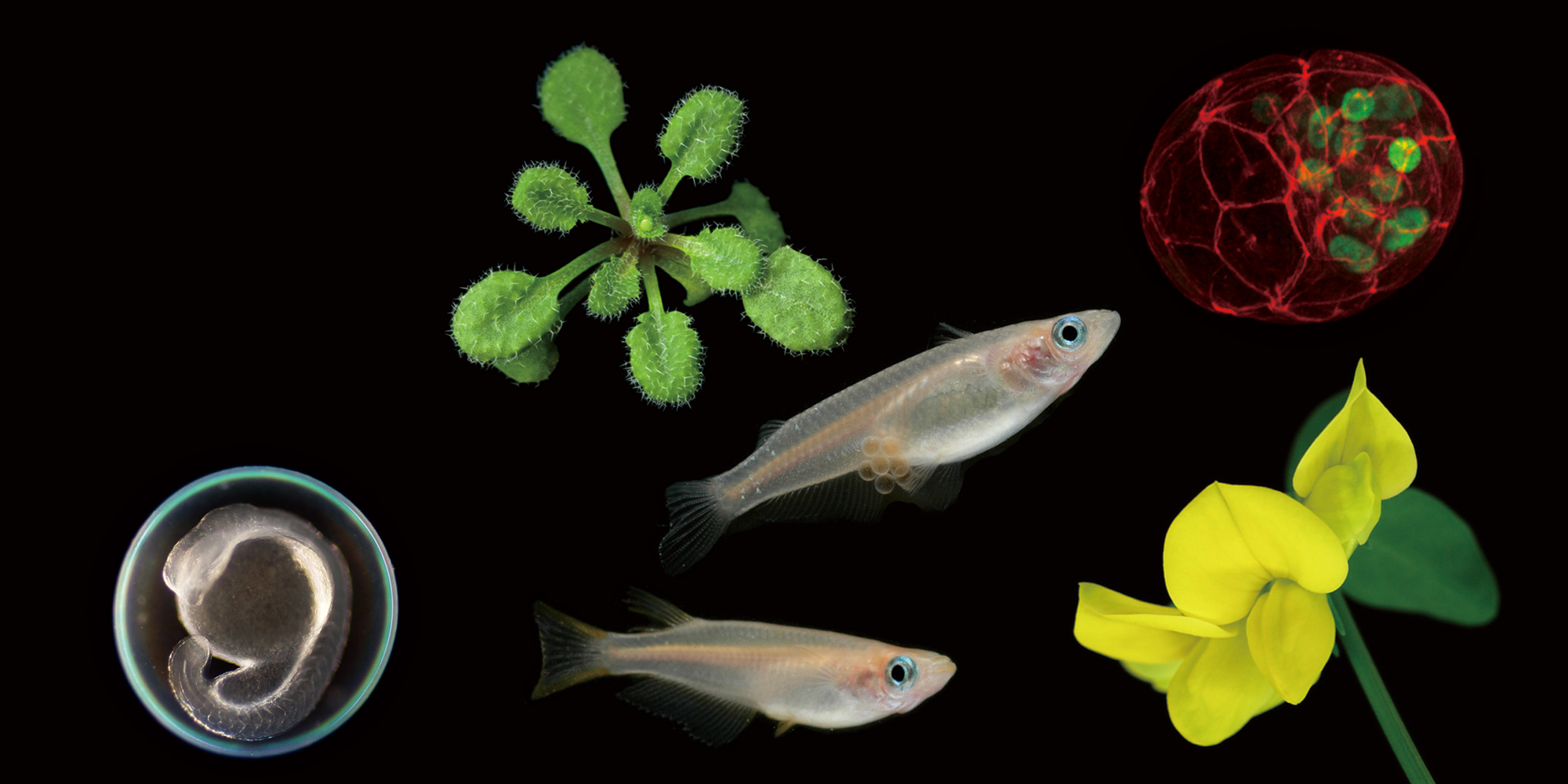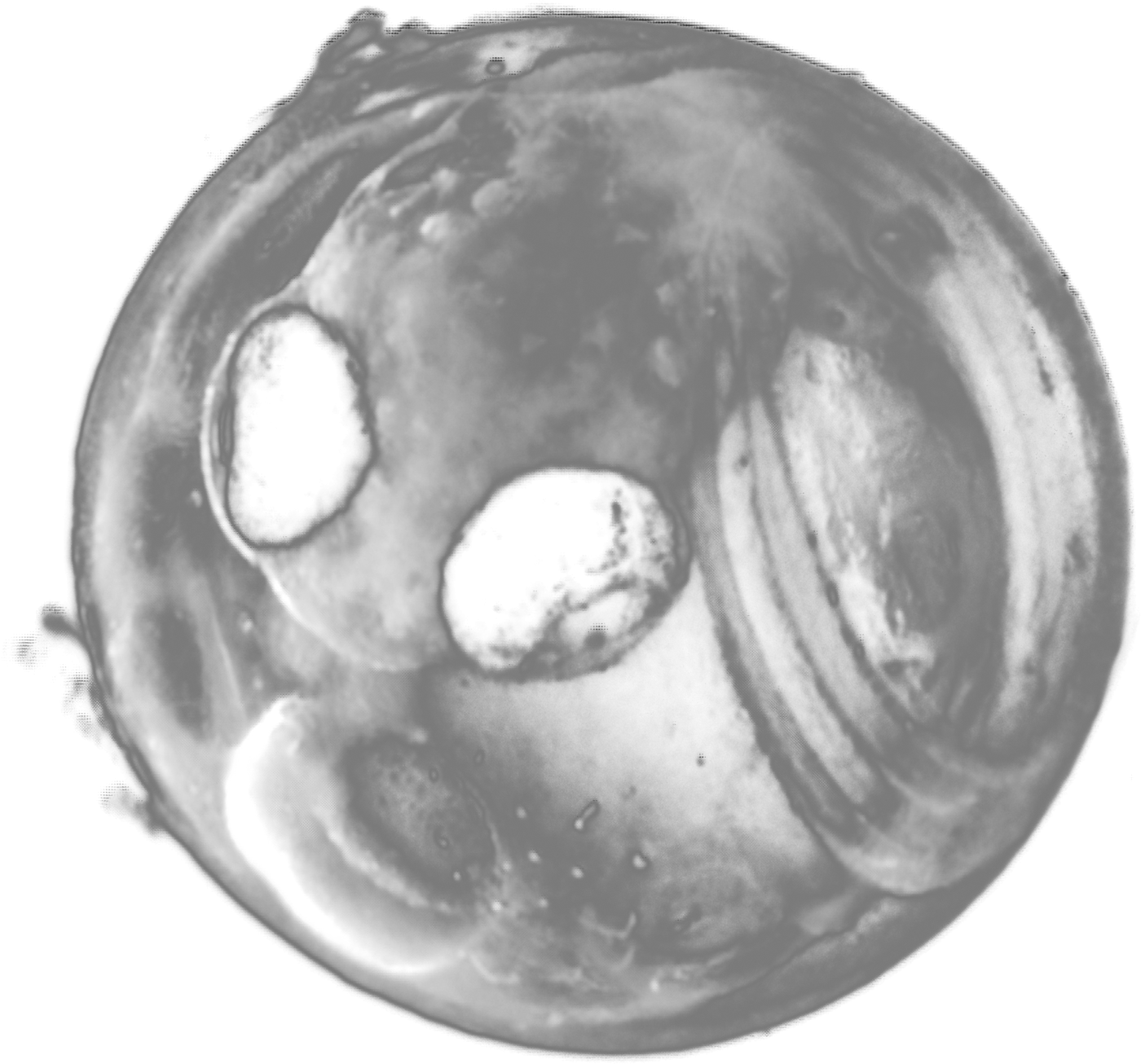2016.08.26 Other
Understanding How Microglia Identify and Remove Their Targets - How to Visualize These Interactions? -
Dr. Shinya KOMOTO (European Molecular Biology Laboratory, Germany)
2016. 08. 26 (Fri) 17:00 ~ 18:00
Conference Room, NIBB (Myodaiji)
Laboratory of Bioresources, Yusuke Takehana (7579)
The 9th NIBB International Practical Course
The 4th NIBB-TLL Joint International Practical Course
Open Seminar
Understanding How Microglia Identify and Remove Their Targets
- How to Visualize These Interactions? -
Microglia are the professional phagocytes of the brain serving both immune and glial functions. In recent years, microglial research has flourished highlighting the fact that these cells use their long and dynamic cellular branches not only against infectious agents but also to monitor the status of the central nervous system, removing dying neurons, unwanted synapses and even extracellular protein aggregates such as beta- amyloids in the context of the Alzheimer’s disease.
To date, however, our knowledge on microglia is still very descriptive and quite limited. How they work together to effectively scan the brain and discriminate between healthy and dying neurons or even between active and inactive synapses? Do they act differently depending on the targets? And, ultimately, what are the molecules that guide and instruct microglia? Addressing these questions will help us understanding how molecular information propagates across complex tissues to generate specific cellular behaviours at the level of, for example, microglia.
Here, we further exploit the massive imaging potential of the transparent zebrafish embryo for studying microglial biology in vivo. By combining forward and reverse genetic approaches with quantitative imaging technology, we studied how microglia are attracted towards their many targets.
Several molecules have been implicated in mediating neuronal-microglial interactions. Among these, there is the classical complement cascade. In particular, we focused on the role of the complement cascade and PS exposure in target identification and phagocytosis.







